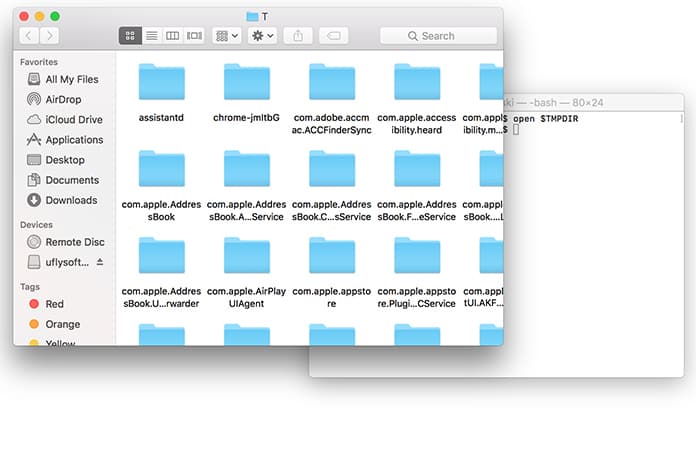

- SEARCH FOR WORD DOCUMENT BY CONTENT MAC LICENSE
- SEARCH FOR WORD DOCUMENT BY CONTENT MAC DOWNLOAD
And with the option to include Spotlight results, it can also find text in PDF, Word and Excel documents as long as they were indexed by Spotlight.
FAF can also find textual content if it's uncompressed, as in plain text files and even most binary files. If you search for files by name, size, dates, kind and other directory properties, use FAF, because only then you can be sure that everything available is found, even if Spotlight hasn't indexed it. FAF cannot find metadata stored in files, such as image sizes, EXIF data and GPS coordinates (check out the alternatives below for that).įind Any File doesn't replace Spotlight, but it complements it greatly:. FAF cannot find text in PDF, Word, Excel and similar document files (unless Spotlight has indexed them, which isn't necessarily the case on external and network disks). FAF lets you search precisely for many file properties such as name, extension, date range, size, kind etc. It can even search in other user's folders if you use FAF's unique root search mode. on network (NAS) and other external volumes, hidden ones inside bundles and packages, and those in folders that are usually excluded from Spotlight search, such as the System and Library folders.  FAF can find files that Spotlight doesn't, e.g. Find Any File (FAF)įind Any File is a program for Apple's macOS that lets you search for files on your disks. This is useful if you want to try out new beta versions (available only here, not in the App Store see right side).
FAF can find files that Spotlight doesn't, e.g. Find Any File (FAF)įind Any File is a program for Apple's macOS that lets you search for files on your disks. This is useful if you want to try out new beta versions (available only here, not in the App Store see right side). SEARCH FOR WORD DOCUMENT BY CONTENT MAC DOWNLOAD
You can download the version from this website and use it just the same, without having to purchase it again.
SEARCH FOR WORD DOCUMENT BY CONTENT MAC LICENSE
License Terms: According to Microsoft Trademark & Brand Guidelines, this logo may be used 'in text solely to refer to and/or link to Microsoft's products and services.Have you purchased FAF in the Mac App Store? License: Public Domain: No Known Copyright. License Terms: According to Microsoft Trademark & Brand Guidelines, this logo may be used 'in text solely to refer to and/or link to Microsoft's products and services.' Again, your status bar may look different or not even be visible, but here is an explanation of what many icons on the status bar mean. The status bar is at the bottom of the Word window.
Ribbon display options. The ribbon display options allow you to hide or reveal all or parts of the ribbon. You can reopen the ribbon with the ribbon display options. Hide ribbon. If you find the array of buttons too distracting, you can hide the ribbon by pushing the arrow at the bottom-right corner of the ribbon. Clicking the small, boxed-in arrow at the bottom right-hand corner of each group opens a dialog box with more options for each group. For example, the Font group contains all the font tools and options. Those type names are near the bottom of the ribbon. Group names. Within each tab, commands are grouped according to type. The currently selected tab is white, while the other tabs are blue. Currently selected tab. The Home tab is selected by default when you open Word. The tabs you will most frequently use are the File tab and the Home tab. Clicking each tab provides a whole new set of options. Tabs. The tabs on the ribbon are a way of organizing the many tools and options Word has. 
You can customize which commands are available in the quick access toolbar by clicking the arrow to the right of the Redo button. By default, the quick access toolbar has (from left to right) Save, Undo, and Redo. Quick access toolbar. The quick access toolbar shows commonly used commands so that you can execute those commands with one button instead of a couple.






 0 kommentar(er)
0 kommentar(er)
